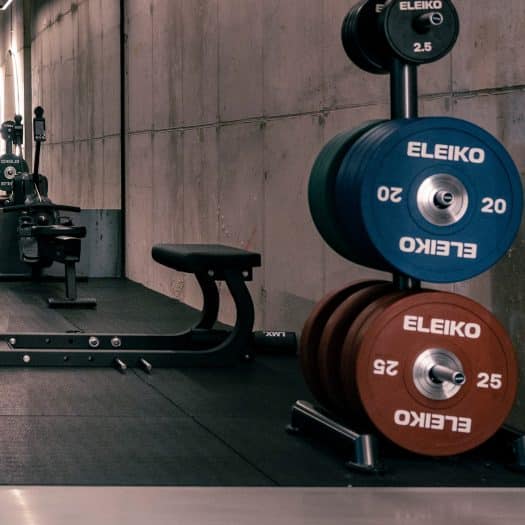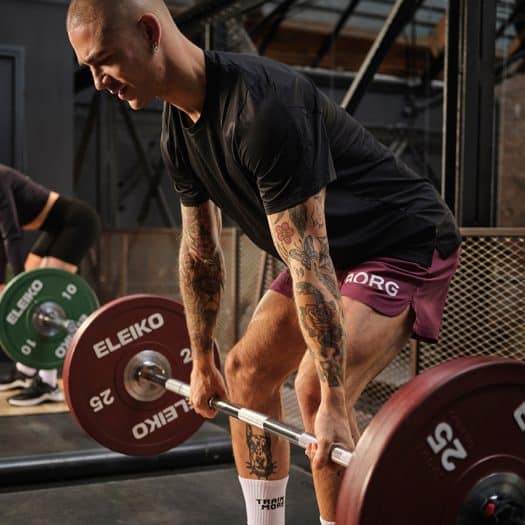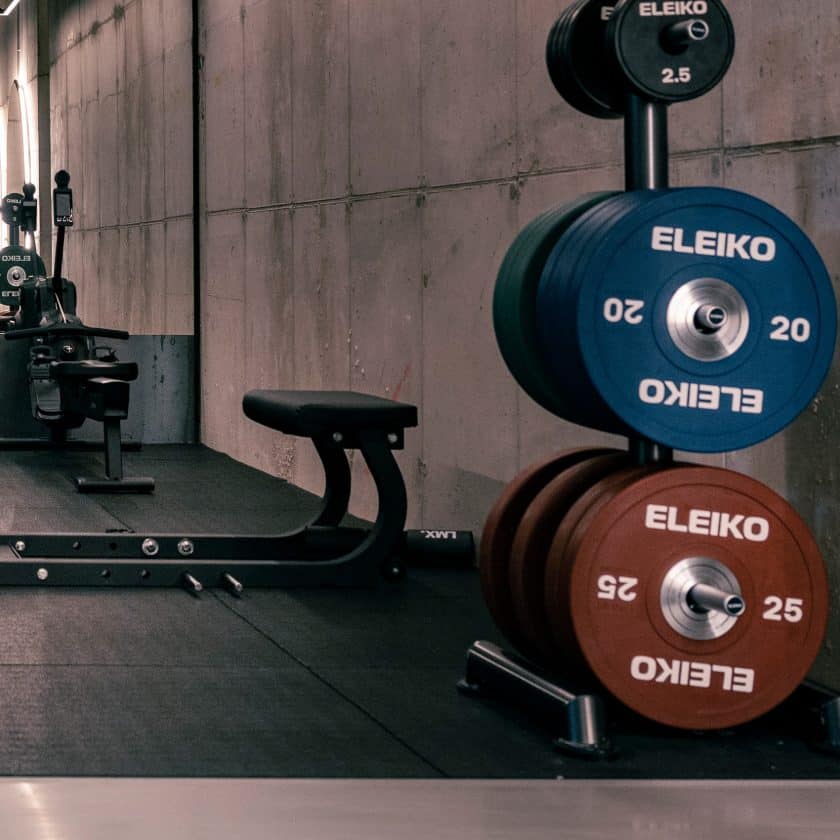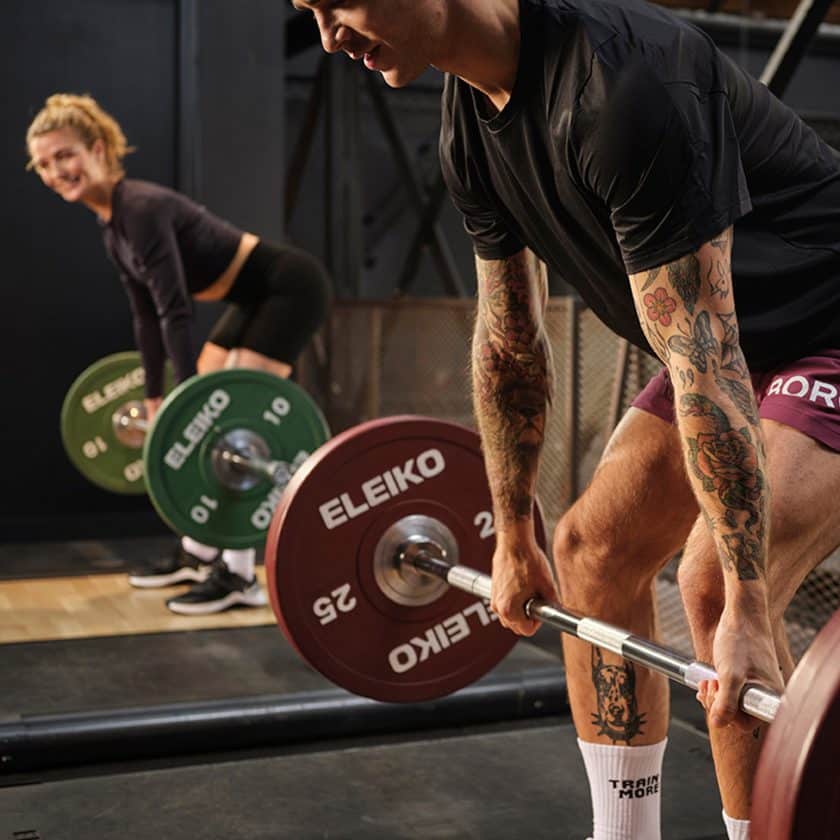Why Active Recovery is Important + How To Do It
If you’re a gym rat like us, you probably want to hit the gym every day. But let's be real, sometimes our bodies need a break from those intense workouts. We get it, it can be tempting to just switch on 'couch potato' mode until you feel rested again. But did you know that there's a way you can work out AND let your body recover at the same time? It's called an active recovery workout, and it's our new favorite thing! With this, you’re working out, but in such a way that you can help your body restore and reset, so you can come back stronger. Sounds good, right? In this blog, we're going to explore everything you need to know about active recovery - why it's important, what it is, and how to plan an effective active recovery day that will leave you feeling refreshed and motivated. Are you ready to dive in and give your body the TLC it deserves? Let's do this!
Prefer video? Want to know see some of the exercises?
We got you! Check out this video in which our Personal Trainer, Owen, explains how to do an active recovery workout:
What is active recovery?
So, what is active recovery, you ask? It’s all about taking a break from those high-intensity workouts while still keeping your body active. Think of it as a way to give your body the rest it needs while still moving and grooving with light exercise. And trust us, it’s a fun and important concept to know if you’re into fitness.
Here’s the kicker: an active recovery day can actually help you feel better and get stronger in the long run! Crazy, right? By engaging in low-intensity movement, you can improve circulation to your muscles, which helps to remove waste products and speed up the healing process. It can also reduce muscle soreness and stiffness, making it easier to return to more intense exercise later on.
Why Active Recovery is Important
If you’re the kind of person who loves to hit the gym every day, you need to start adding some active recovery days to your routine. Here’s why: when you work out, you’re putting your body through the wringer. All that physical stress causes tiny tears in your muscles, which then heal and become stronger during the recovery period. But without proper recovery time, your muscles don’t have the chance to rebuild and grow stronger. And that’s a big no-no.
Enter active recovery! This type of recovery involves low-impact, gentle exercises that increase blood flow and promote muscle repair without causing further damage. It’s the perfect way to reduce muscle soreness, improve flexibility and mobility, and prevent injury. And trust us, your body will thank you for it!
So, what kind of activities count as active recovery? We’re talking yoga, stretching, light jogging or cycling, swimming, or even just taking a leisurely stroll. The key is to engage in activities that are low-intensity and promote blood flow and circulation without causing any extra stress to your muscles or joints.
Active recovery is a total game-changer for your workout routine. It’ll keep your body feeling good, improve your performance, and help you avoid burnout. So why not give it a try?
Consequences of Not Having Recovery
If you’re skipping recovery time after your workouts, you might be putting yourself in danger of some serious consequences. Here’s what can happen if you don’t rest:
1. Increased risk of injury:
When you don’t give your muscles and joints the chance to properly recover, they become overused and fatigued, which can lead to a higher risk of injury. Trust us, nobody wants to be stuck on the sidelines with a pulled muscle or sprained ankle.
2. Plateauing or decreased performance:
Skipping recovery time can also lead to a decrease in your performance levels. Your muscles need time to rebuild and grow stronger, so without it, you may find yourself stuck at a plateau or even losing progress.
3. Mental burnout:
Overtraining doesn’t just take a toll on your physical health – it can mess with your mental health, too. You might start feeling burned out, stressed, and anxious if you don’t take the time to rest and recover.
If you want to avoid injury, keep making gains, and stay mentally healthy, make sure you’re prioritizing your recovery time.
How to Plan an Active Recovery Day
Planning an active recovery day is all about giving your body some much-needed TLC while still staying active. Here are some tips for creating a recovery day that’s both effective and fun:
- Keep it chill with low-impact activities:
Stick to low-impact activities like yoga, stretching, or a leisurely walk. Your muscles and joints will love you for it. - Flex those muscles: Use this time to work on your flexibility and mobility with foam rolling, dynamic stretching, and other mobility exercises.
- Listen to your bod: Don’t push yourself too hard! If you’re feeling sore or fatigued, take it easy and let your body do the talking.
- Make it fun: Find activities that you enjoy, whether that’s swimming, dancing, or playing frisbee. As long as it’s low-intensity, the sky’s the limit.
In conclusion, an active recovery day is a crucial part of any fitness routine. It helps prevent injuries, burnout, and even boosts your motivation for the next workout. So, take a break when you need it and give your body the recovery it deserves!
Active recovery workout
Okay, so you’ve read this entire blog, you want to start doing active recovery day, but you’re not sure how to start? Don’t worry, we got you covered with an awesome active recovery workout that will help your body recover while still staying active. This workout is all about moving your body in a gentle way that promotes healing and rejuvenation. So, let’s get started!
1. Warm-Up:
Start with a 5-minute warm-up to get your blood flowing and your body prepared for the workout. You can do some light cardio, such as walking, jogging in place, or even dancing to your favorite upbeat music!
2. Stretching:
Next up, it’s time to stretch those sore muscles. Focus on stretching the areas that feel particularly tight or sore, such as your legs, back, and shoulders. Hold each stretch for 15-20 seconds and repeat each stretch twice.
3. Foam Rolling:
Grab your foam roller and spend some time rolling out your muscles. This will help break up any knots or tension and promote blood flow to the area. Focus on rolling out your legs, back, and shoulders.
4. Yoga:
Now it’s time to get your yoga on! Choose some gentle yoga poses that promote relaxation and recovery. Some great options include child’s pose, downward dog, cat-cow, and pigeon pose. Hold each pose for 30-60 seconds and repeat the sequence twice.
5. Light Cardio:
Finish off the workout with some light cardio. This could be a brisk walk, light jog, or even some low-impact cardio dance. The goal is to get your heart rate up and get your blood flowing without putting too much stress on your body.
6. Cool Down:
Finally, take a few minutes to cool down and stretch your muscles again. This will help prevent any post-workout soreness or stiffness. Take some deep breaths and relax your body as much as possible.
Congratulations, you just completed an awesome active recovery workout! Remember, active recovery is all about finding the right balance between rest and gentle movement. By incorporating workouts like this into your fitness routine, you can help prevent injury, reduce soreness, and keep your body feeling fresh and energized. Keep it up, fitness warriors!
When will your next active recovery day be?






